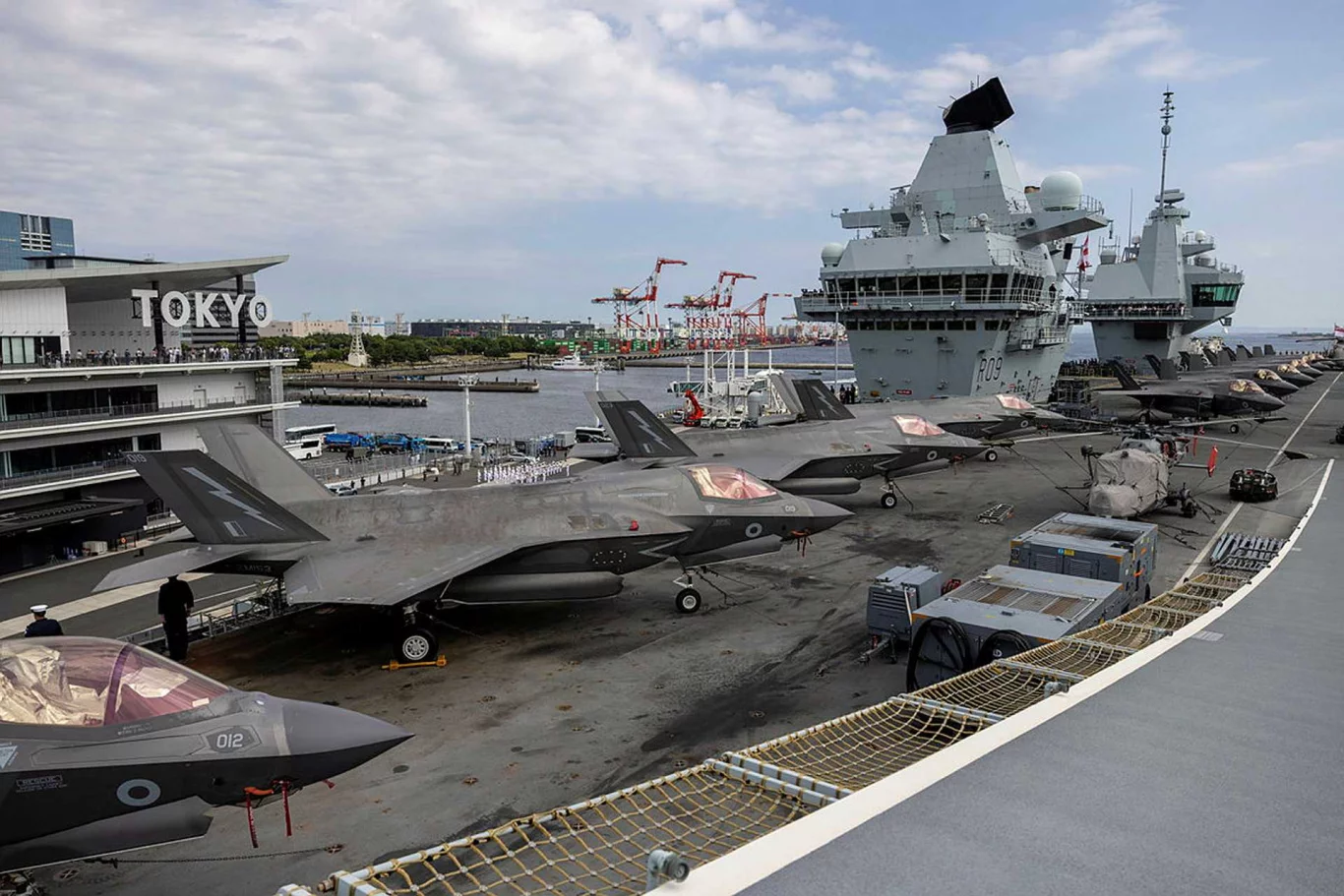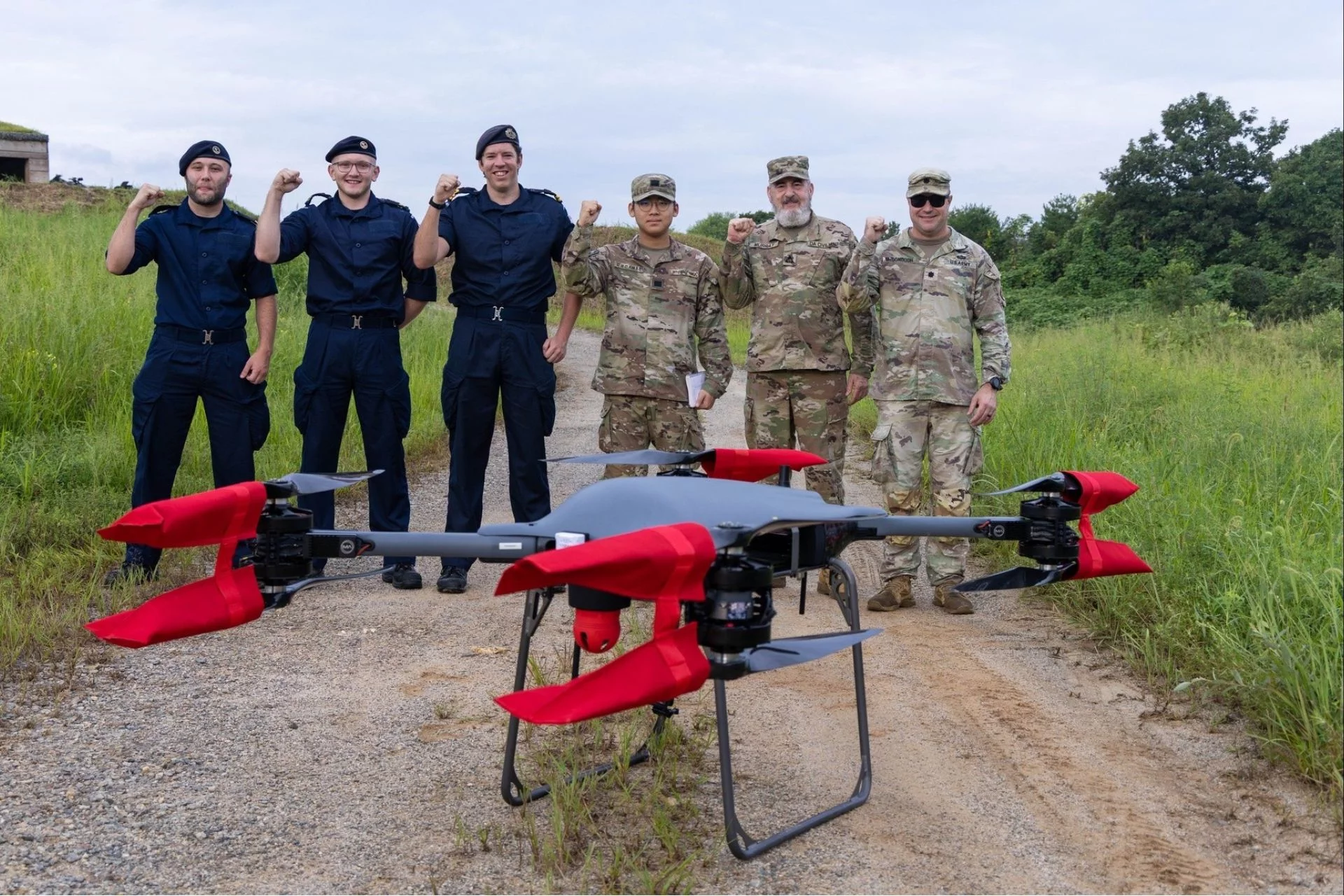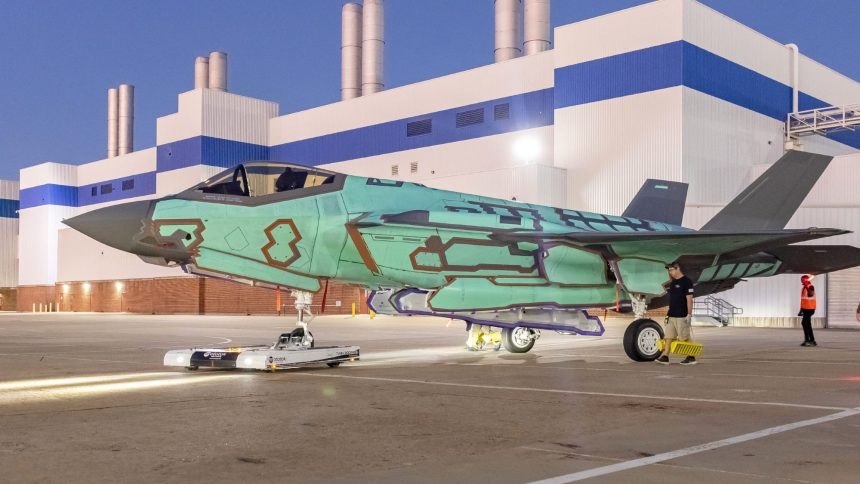The F-35 Lightning II, a marvel of modern aerospace engineering, has long been touted as the cornerstone of the United Kingdom’s future aerial defense. With its stealth capabilities, advanced sensor fusion, and networked warfare potential, it represents a generational leap in military aviation. Yet, beneath the gleaming facade of this cutting-edge aircraft, a complex narrative unfolds – one of immense promise shadowed by persistent concerns regarding capability gaps and readiness shortfalls.
For the UK, the F-35 isn’t merely another fighter jet; it’s a strategic asset, a symbol of its commitment to maintaining a formidable global defense posture. The initial excitement surrounding its acquisition was palpable, with visions of a Royal Air Force (RAF) and Royal Navy operating a fleet of these multi-role fighters from both land bases and the new Queen Elizabeth-class aircraft carriers. Indeed, early assessments and exercises have lauded the F-35’s performance, highlighting its unmatched situational awareness and its ability to act as a crucial node in a broader combat network. Pilots speak of its intuitiveness, its capacity to process vast amounts of data, and its transformative impact on air-to-air and air-to-ground engagements. It truly is a game-changer, designed to dominate the skies of the 21st century.
However, the path to full operational readiness for the UK’s F-35 fleet has been anything but smooth. The complexities inherent in integrating such advanced technology, coupled with the sheer financial demands of the program, have created significant hurdles. One of the most frequently cited concerns revolves around the rate of procurement. While the UK has committed to acquiring a significant number of these jets, the pace at which they are being delivered and brought into service raises questions about achieving critical mass. A small fleet, no matter how advanced, can only stretch so far in meeting the diverse operational demands of a global power.
Beyond the numbers, the issue of “capability gaps” looms large. This isn’t just about having the jets; it’s about having them equipped with the full suite of weapons, software upgrades, and logistical support necessary to unlock their complete potential. The F-35 program is a continuously evolving ecosystem, with new block upgrades and weapon integrations being rolled out periodically. Ensuring the UK’s fleet remains at the forefront of these advancements requires substantial and sustained investment – an area where budgetary pressures often force difficult choices. Without these continuous upgrades, there’s a risk that the UK’s F-35s, while still formidable, may not be able to fully exploit the aircraft’s design advantages against near-peer adversaries.
Equally pressing is the challenge of “readiness.” This encompasses a multitude of factors, including pilot training, ground crew expertise, spare parts availability, and the overall maintenance infrastructure. Operating a fifth-generation fighter is a highly specialized endeavor. Pilots require extensive flight hours to master the F-35’s intricate systems and tactics, and skilled technicians are essential for maintaining its complex components. If there aren’t enough qualified personnel, or if the supply chain for critical parts falters, then even the most advanced aircraft can find themselves grounded. Reports of lower-than-desired aircraft availability rates underscore these concerns, suggesting that while the UK possesses these impressive machines, a significant portion may not always be combat-ready at any given moment.
Funding, as always, lies at the heart of these challenges. The F-35 program is one of the most expensive defense projects in history, and while the UK has made significant contributions, the ongoing costs of acquisition, sustainment, and upgrades place immense strain on the defense budget. Competing priorities within the Ministry of Defence mean that tough decisions must be made, sometimes at the expense of accelerating F-35 readiness. The delicate balance between acquiring new capabilities and ensuring existing assets are fully operational is a constant struggle.
The geopolitical landscape further amplifies the urgency of these issues. With increasing global instability and the rise of sophisticated potential adversaries, the demand for cutting-edge air power is more critical than ever. The UK’s F-35s are not just for domestic defense; they are integral to NATO operations, international coalition efforts, and projecting British influence abroad. Any perceived weakness in their readiness or capability could have broader strategic implications.
In conclusion, the UK’s F-35 program stands at a fascinating crossroads. The aircraft itself is a testament to technological prowess, offering unparalleled capabilities that promise to redefine air warfare. Yet, the road to fully harnessing this potential is fraught with obstacles. Addressing the capability gaps, bolstering readiness, and ensuring sustained funding are not merely technical challenges; they are strategic imperatives. For the UK to truly leverage its investment in the F-35, a concerted and sustained effort is required to transform these advanced machines into a fully operational, combat-ready force capable of meeting the complex security challenges of our time. The F-35’s double-edged sword offers both immense power and significant responsibilities, and the UK’s journey with this formidable aircraft is far from over.




